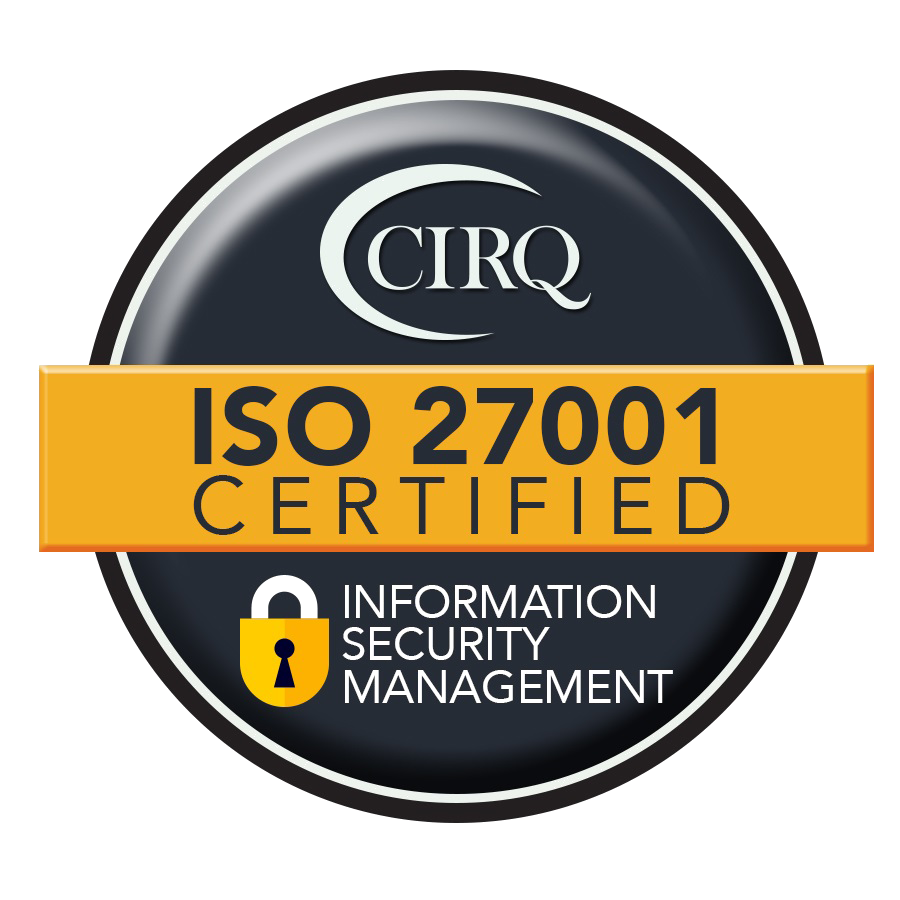TURF (Total Unduplicated Reach and Frequency) analysis is a powerful market research technique that allows for the assessment of potential products, services, or messaging to determine where the best opportunities exist for revenue. While other methods, like conjoint exercises, may identify the optimal combination of products and services, TURF will go a step further and identify which products or services consumers are likely to purchase the most. For example, if a MaxDiff exercise were to test a list of amenities to include in a luxury hotel room (and that list could be very long), the outcome of the MaxDiff exercise would be knowing the order of importance of that list to consumers. TURF analysis could then be used to determine which of these items on the list will move the needle in revenue and attract the most customers. This targets not only the product offerings most liked but also helps project which ones will increase profits.
Go deeper?
TURF Analysis: Unlocking Insights for Market Success
Though TURF is an often-overlooked research methodology add-on, it is undeniably one of the most accurate and powerful data tools businesses can utilize to make informed revenue generating and product placement decisions. Also, TURF analysis cannot be utilized as a standalone research methodology. It must always be combined with data from another solution such as MaxDiff, or Conjoint Analysis
TURF analysis utilizes an array of statistical models and techniques derived from other research methodologies to gather data and information on consumer preferences that identify optimal combinations of products offerings, product features, and services. Businesses are then able to interpret this data to make decisions that forecast revenue, maximize sales and improve customer satisfaction.
The data foundation that allows for a TURF calculation to be applied is a binary indication of whether variables “reach” a respondent. It’s through this methodology that TURF analysis unlocks valuable insights in businesses seeking optimization within product portfolios, consumer preferences, and optimizing ROI.
Using TURF Analysis with Qualitative Market Research
Though primarily quantitative, TURF Analysis can complement qualitative research methods to offer a more comprehensive understanding of customer preferences and behavior. Qualitative research delves into the emotional and motivational aspects of consumer choices, providing valuable context that when combined with TURF Analysis, qualitative research enhances decision-making regarding product development, pricing, marketing, and market positioning.
How does TURF Analysis Impact Your Brand?
Product Optimization
TURF analysis offers brands a data-driven approach to enhance their profitability and overall success. It is a valuable tool that can optimize product offerings by identifying the ideal combination of products or features that resonate best with the maximum number of customers, which results in higher sales. This allows brands to focus on the preferred features of products or services, fine-tune their product portfolio, and make the most informed decisions when introducing new products or SKUs.
Marketing and Communications
When utilized for the purpose of improving marketing and communication strategies, TURF Analysis delivers data-driven results that emphasize a brand’s Unique Selling Proposition (USP). Marketing teams are able to implement TURF data into their marketing mix and appeal to the largest customer base with the highest accuracy and allocation of marketing resources.
Maximizing Market Potential
By evaluating all possible combinations of products or services within a specific category, TURF Analysis helps researchers discover which combination of products, services, or features appeal to the highest percentage of total
respondents. This comprehensive overview then enables brands to make informed decisions about product development, distribution, and marketing efforts, ultimately unlocking the full potential of the market.
To discover how TURF Analysis can benefit your brand, connect with The Olinger Group at solutions@olingergroup.com.


